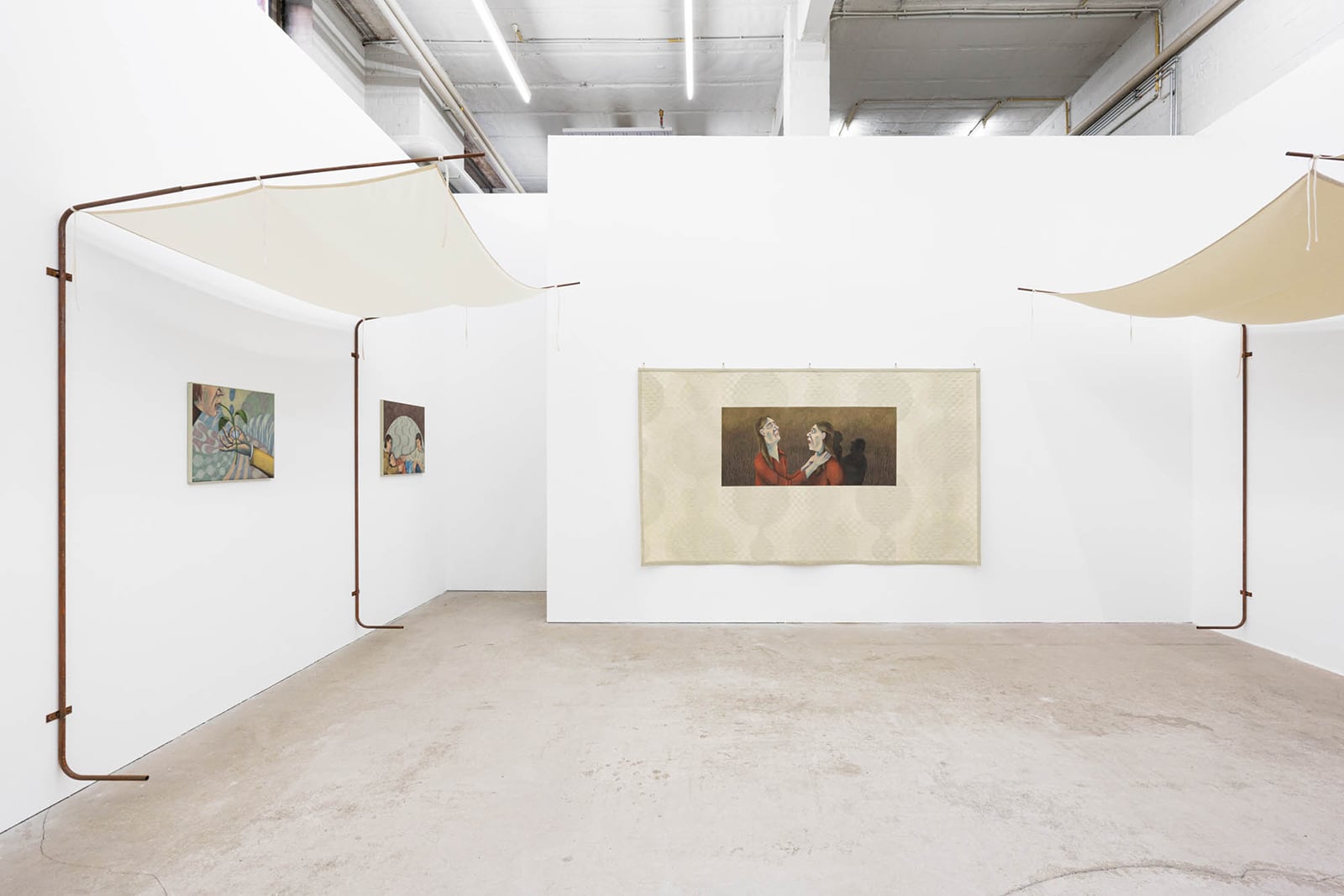 Installation view
Installation view
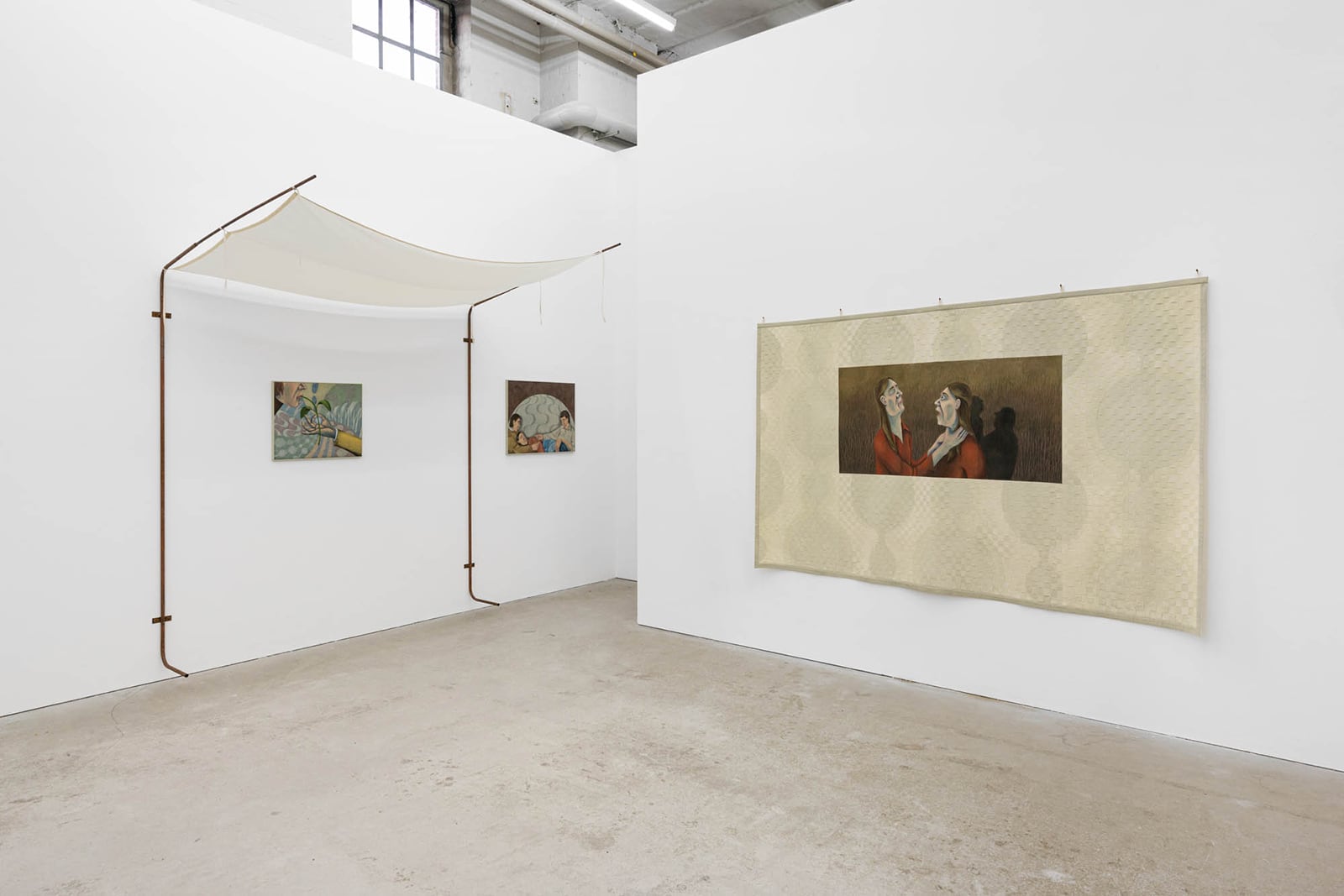 Installation view
Installation view
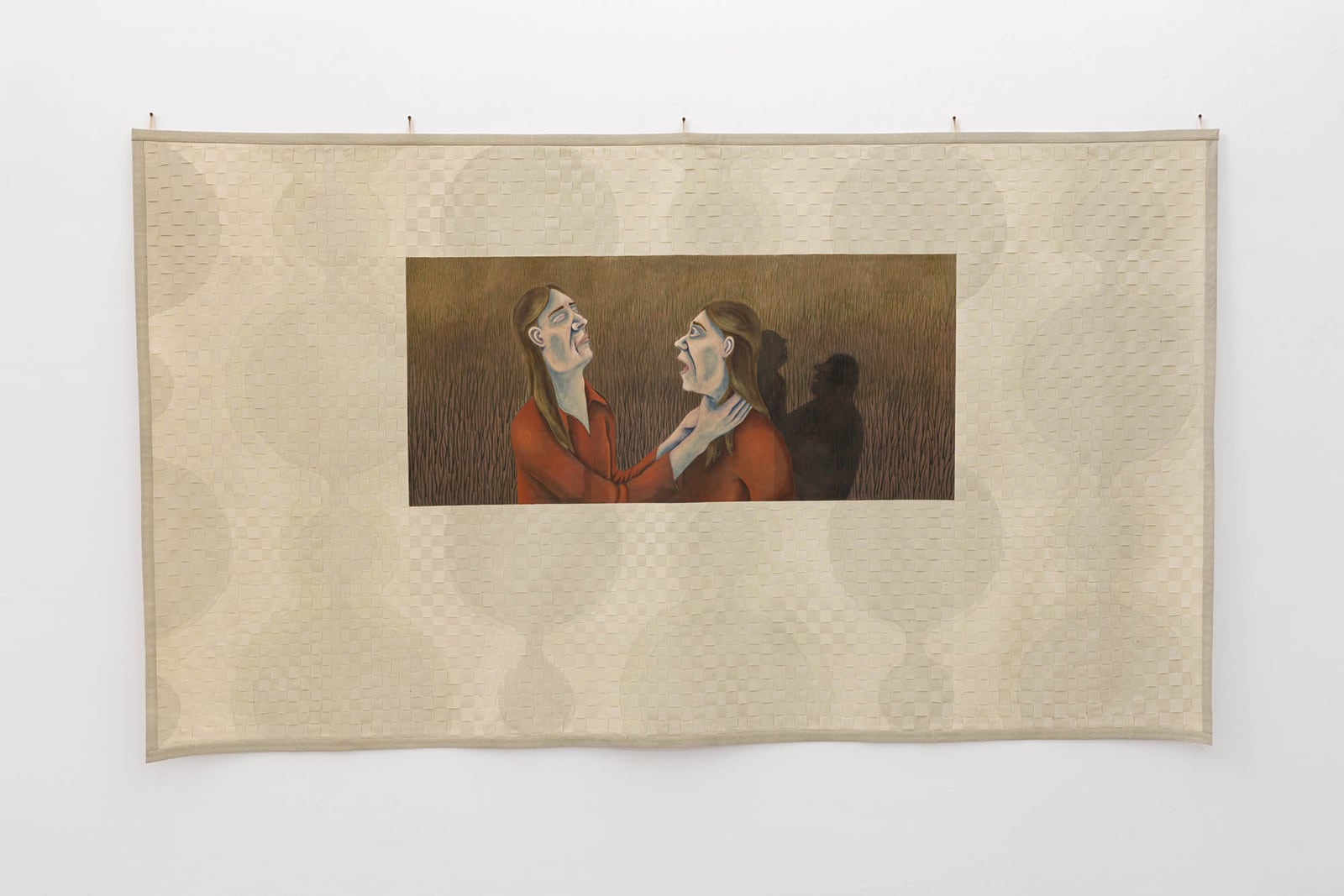 Stefan Fuchs, 'Niemals sterben', 2021, Acrylic on canvas, 161 × 280 cm
Stefan Fuchs, 'Niemals sterben', 2021, Acrylic on canvas, 161 × 280 cm
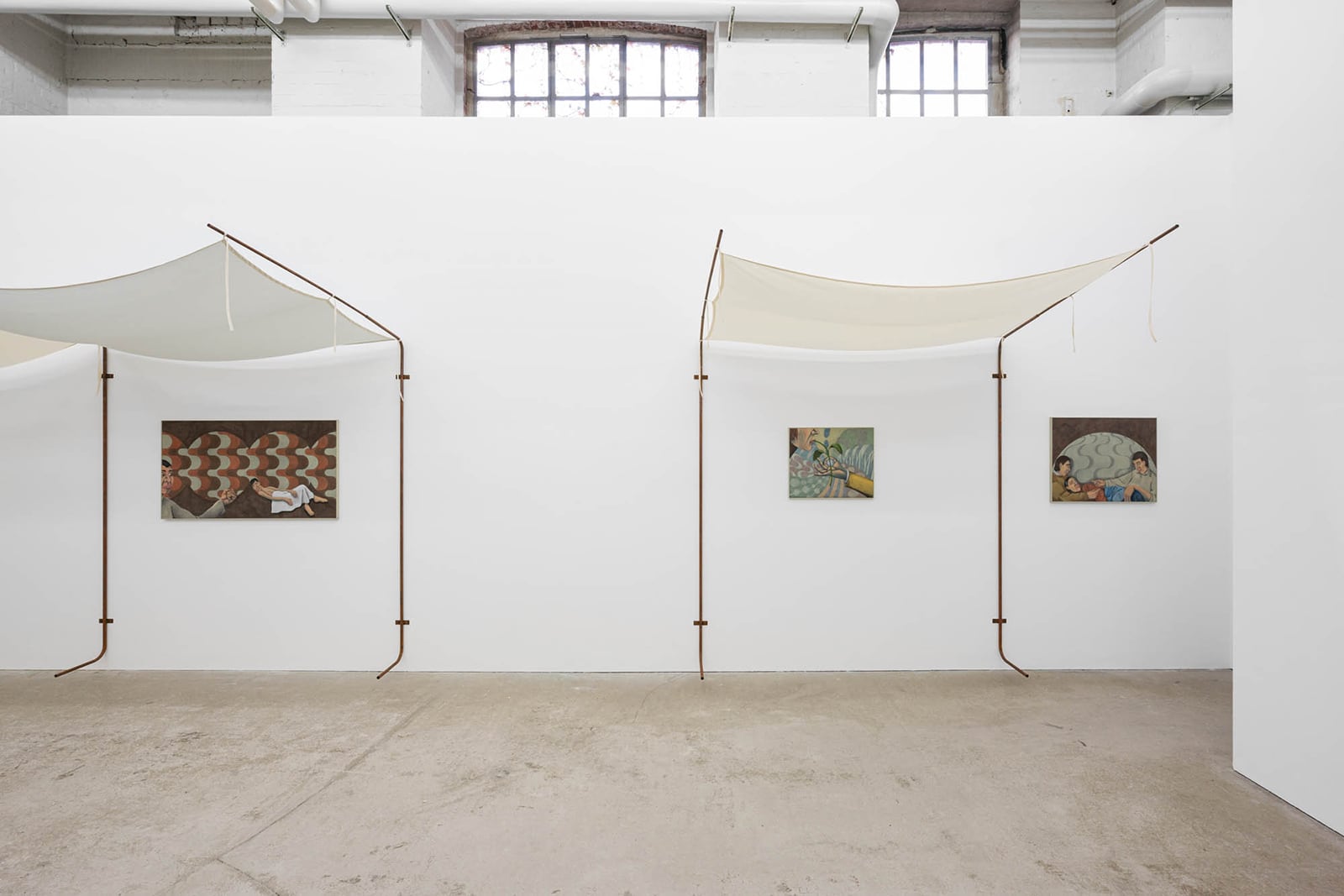 Installation view
Installation view
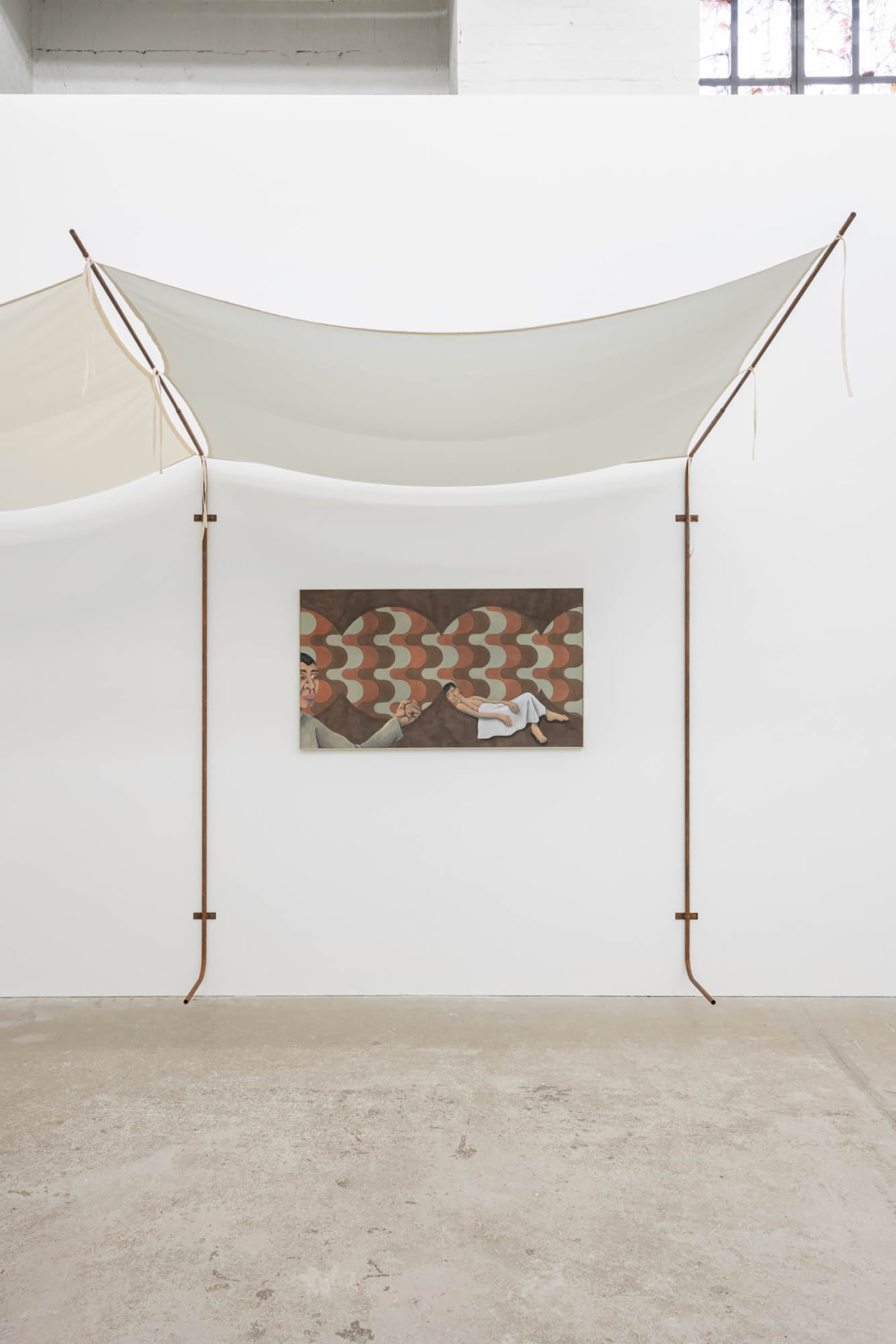 Installation view
Installation view
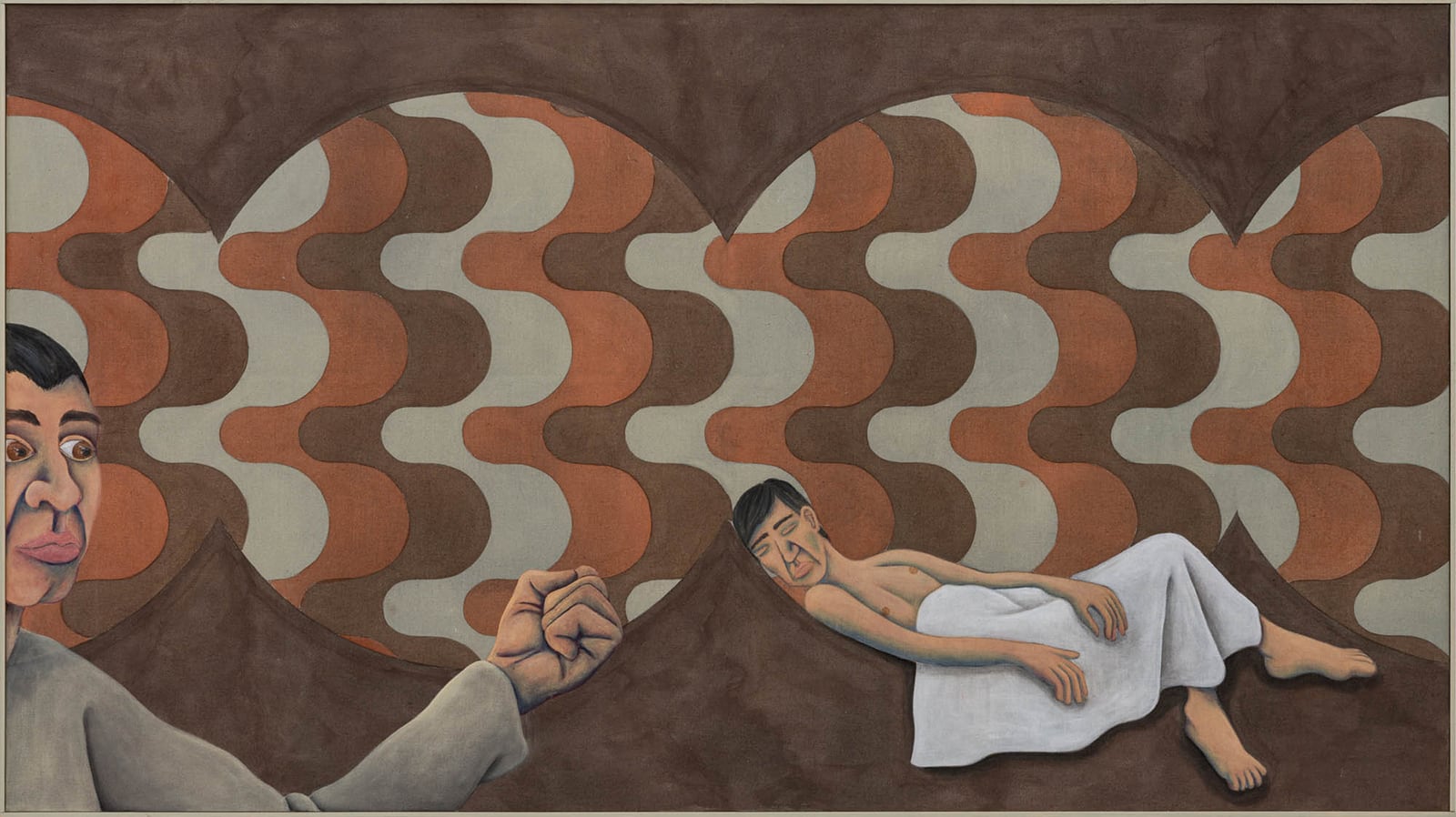 Stefan Fuchs, 'The year of the deadbeat', 2021, Acrylic on canvas, artist frame, 70 × 125 cm
Stefan Fuchs, 'The year of the deadbeat', 2021, Acrylic on canvas, artist frame, 70 × 125 cm
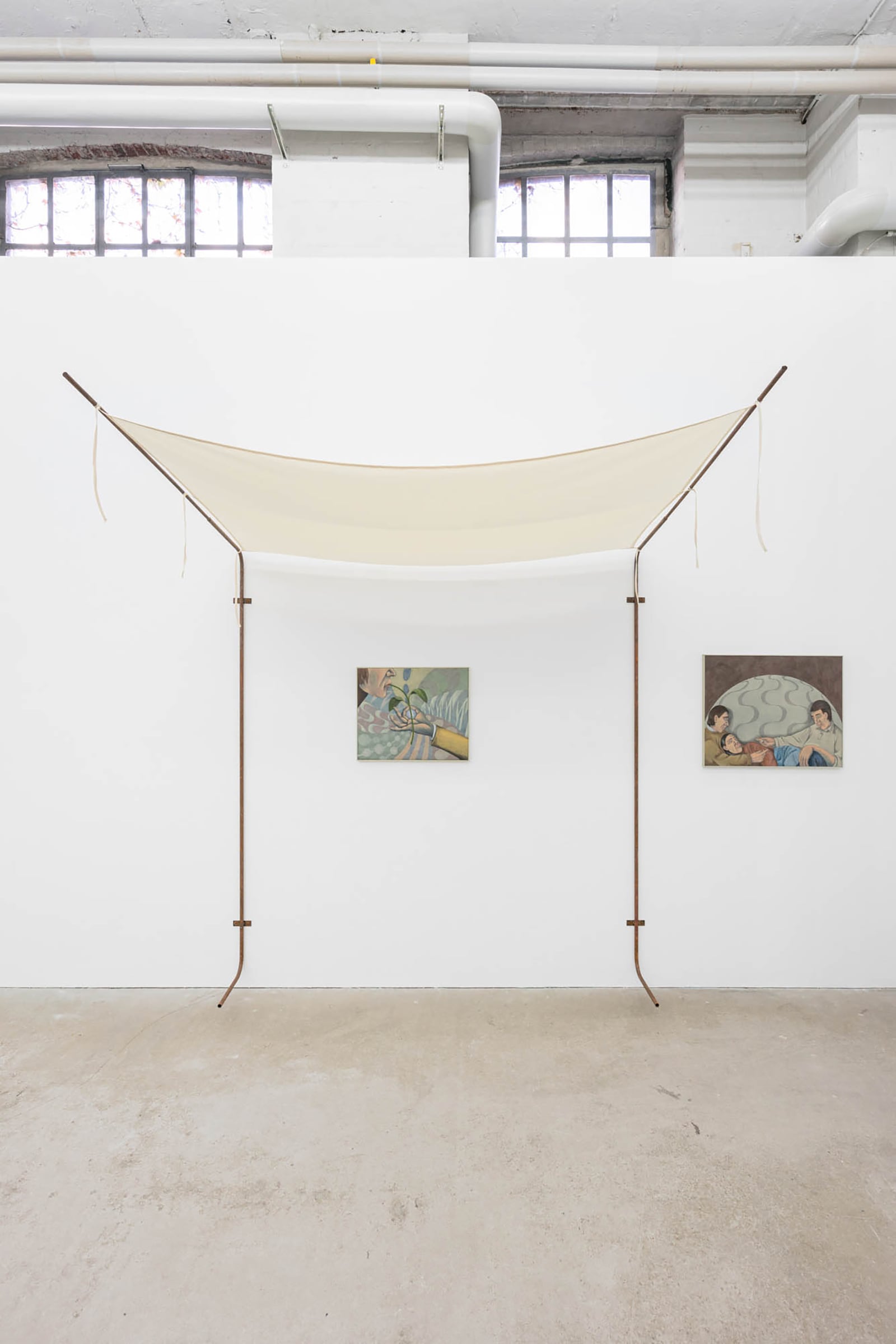 Installation view
Installation view
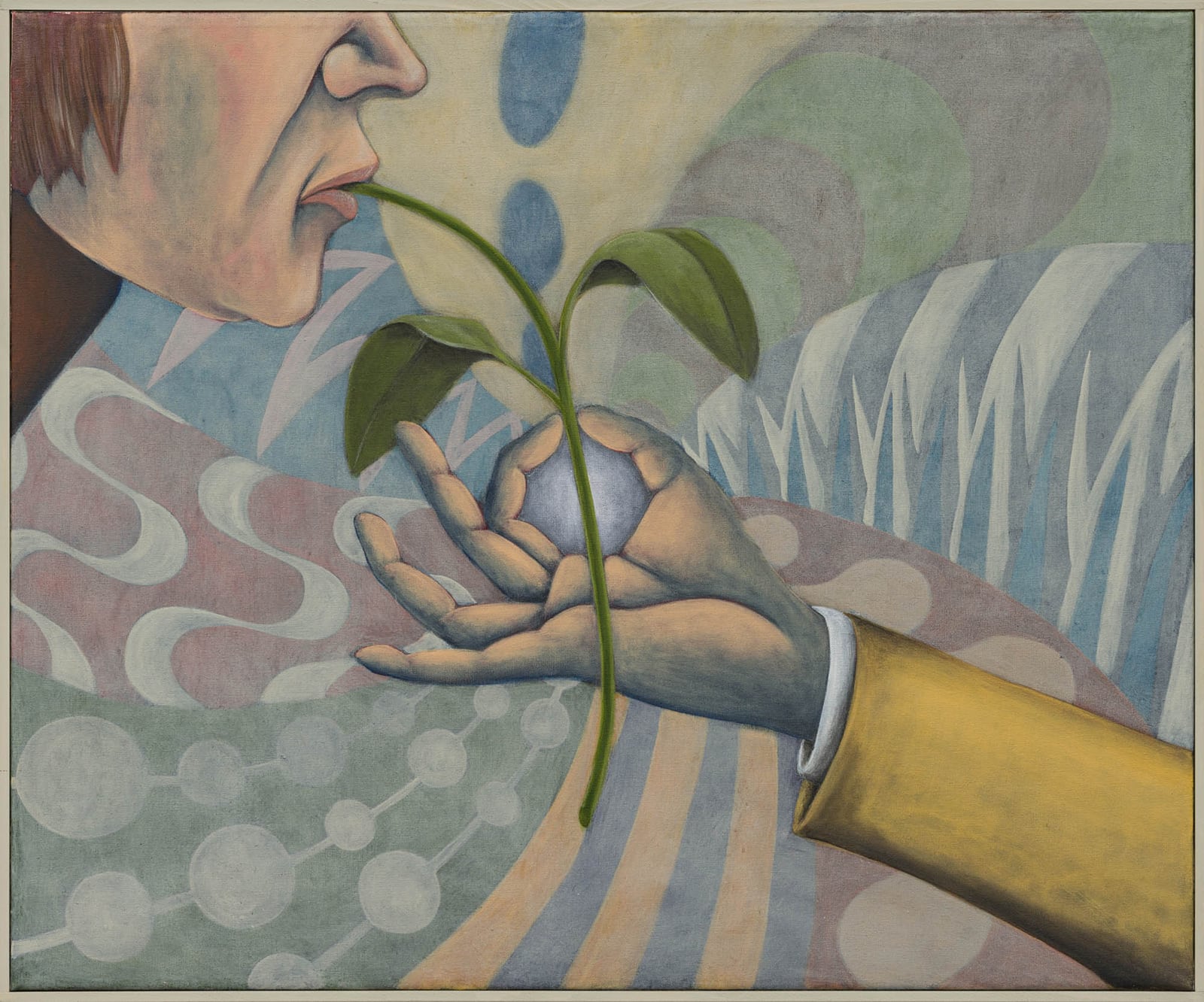 Stefan Fuchs, 'Liberation upon seeing', 2021, Acrylic on canvas, artist frame, 50 × 60 cm
Stefan Fuchs, 'Liberation upon seeing', 2021, Acrylic on canvas, artist frame, 50 × 60 cm
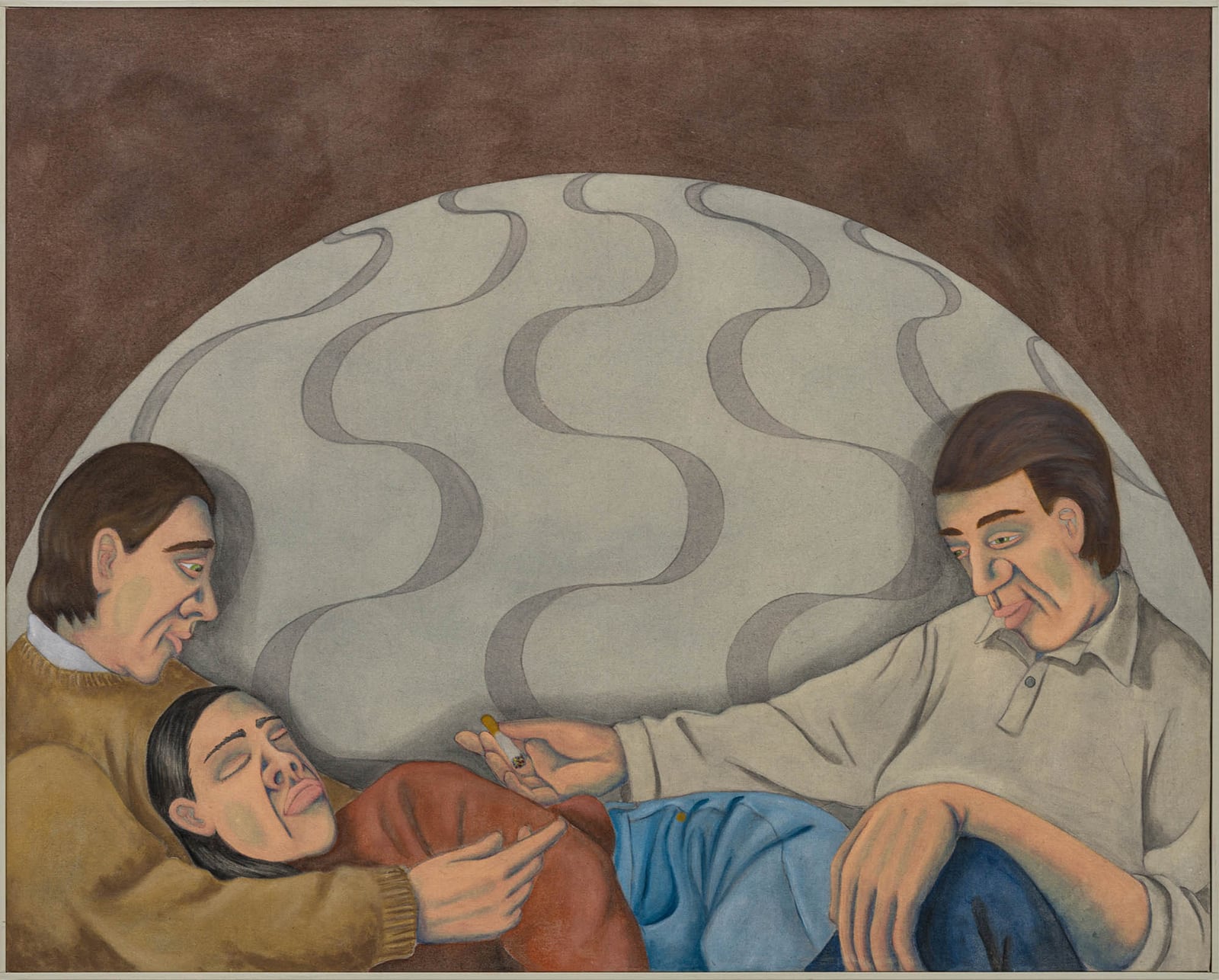 Stefan Fuchs, 'Ultimate Youth', 2021, Acrylic on canvas, artist frame, 60 × 75 cm
Stefan Fuchs, 'Ultimate Youth', 2021, Acrylic on canvas, artist frame, 60 × 75 cm
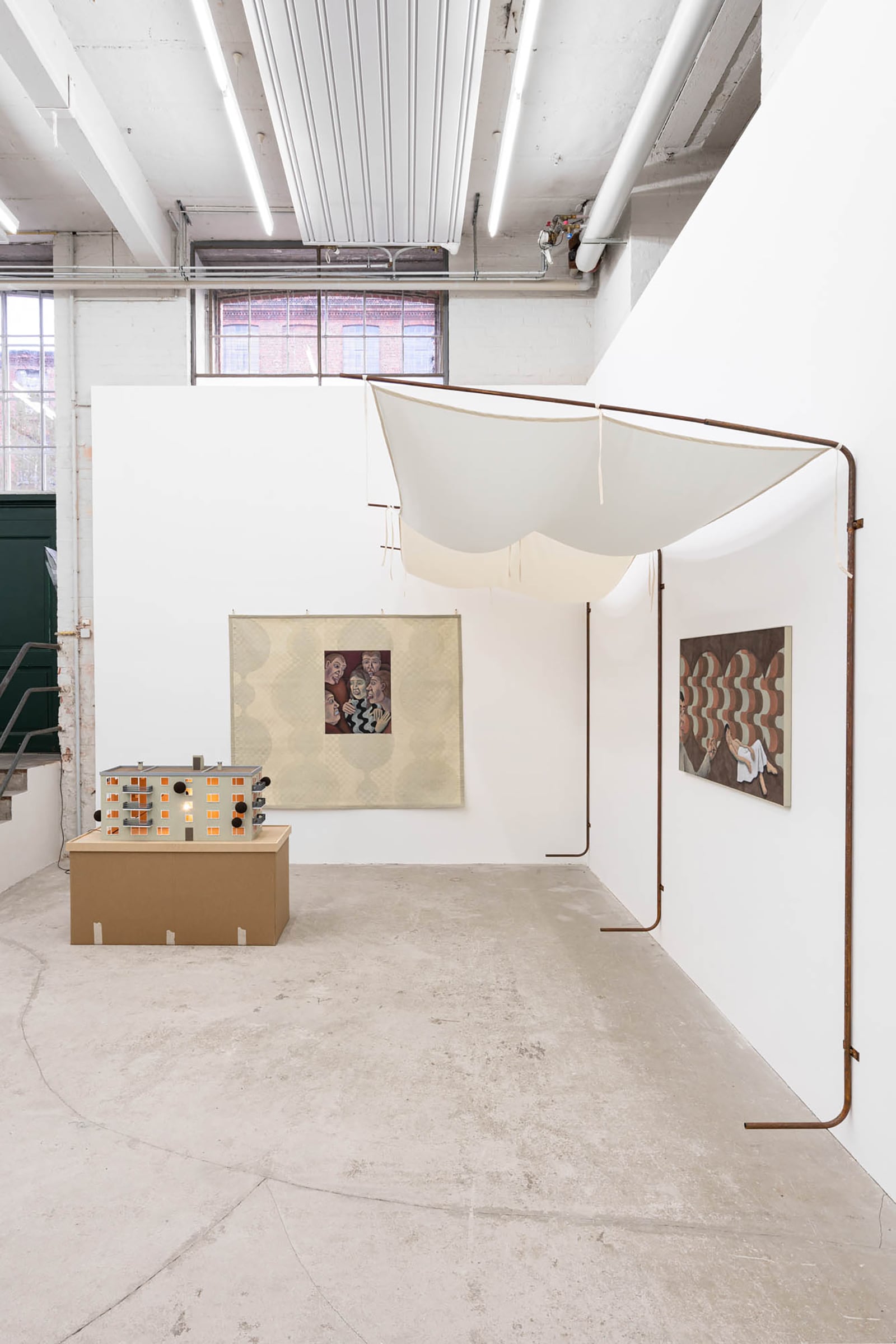 Installation view
Installation view
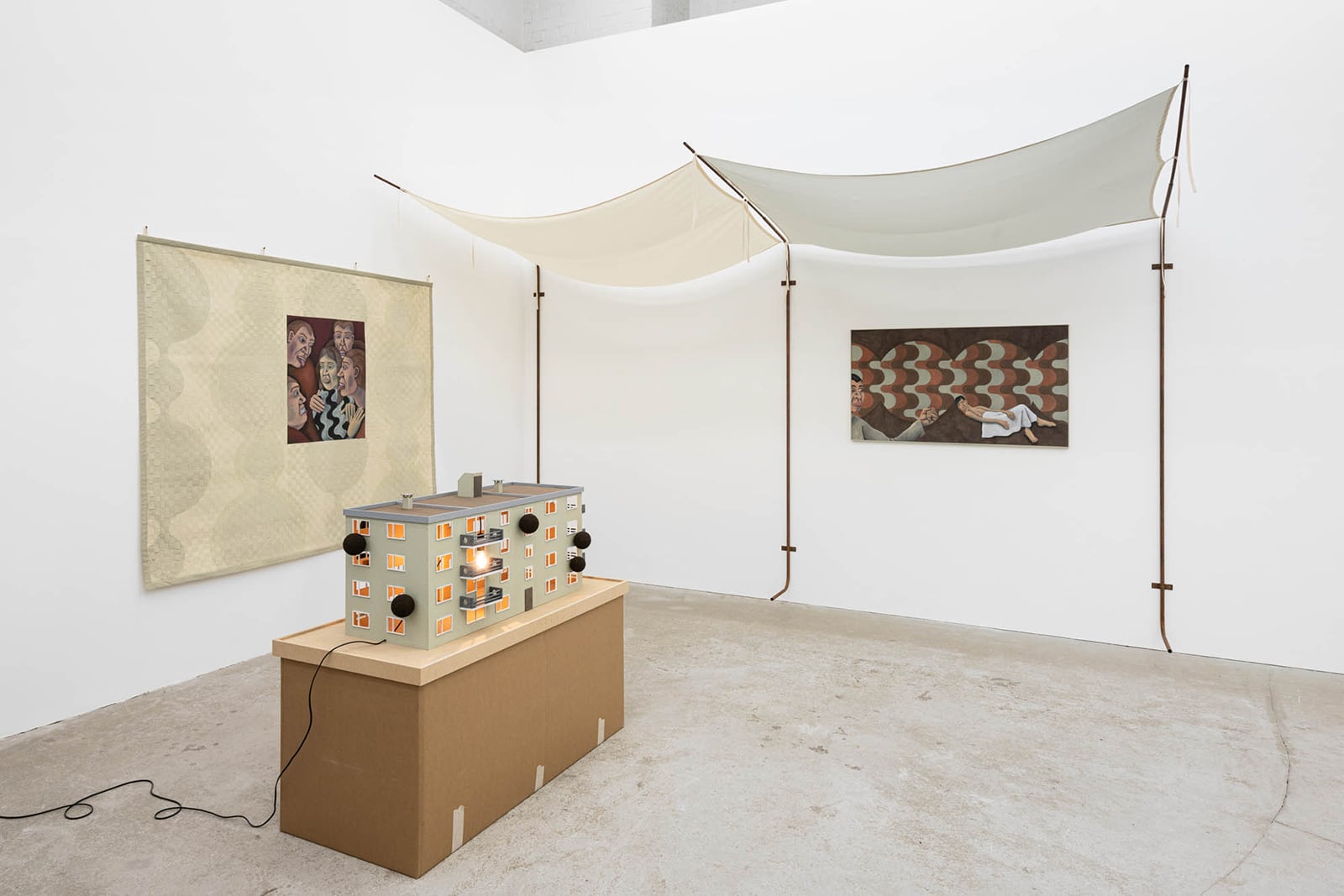 Installation view
Installation view
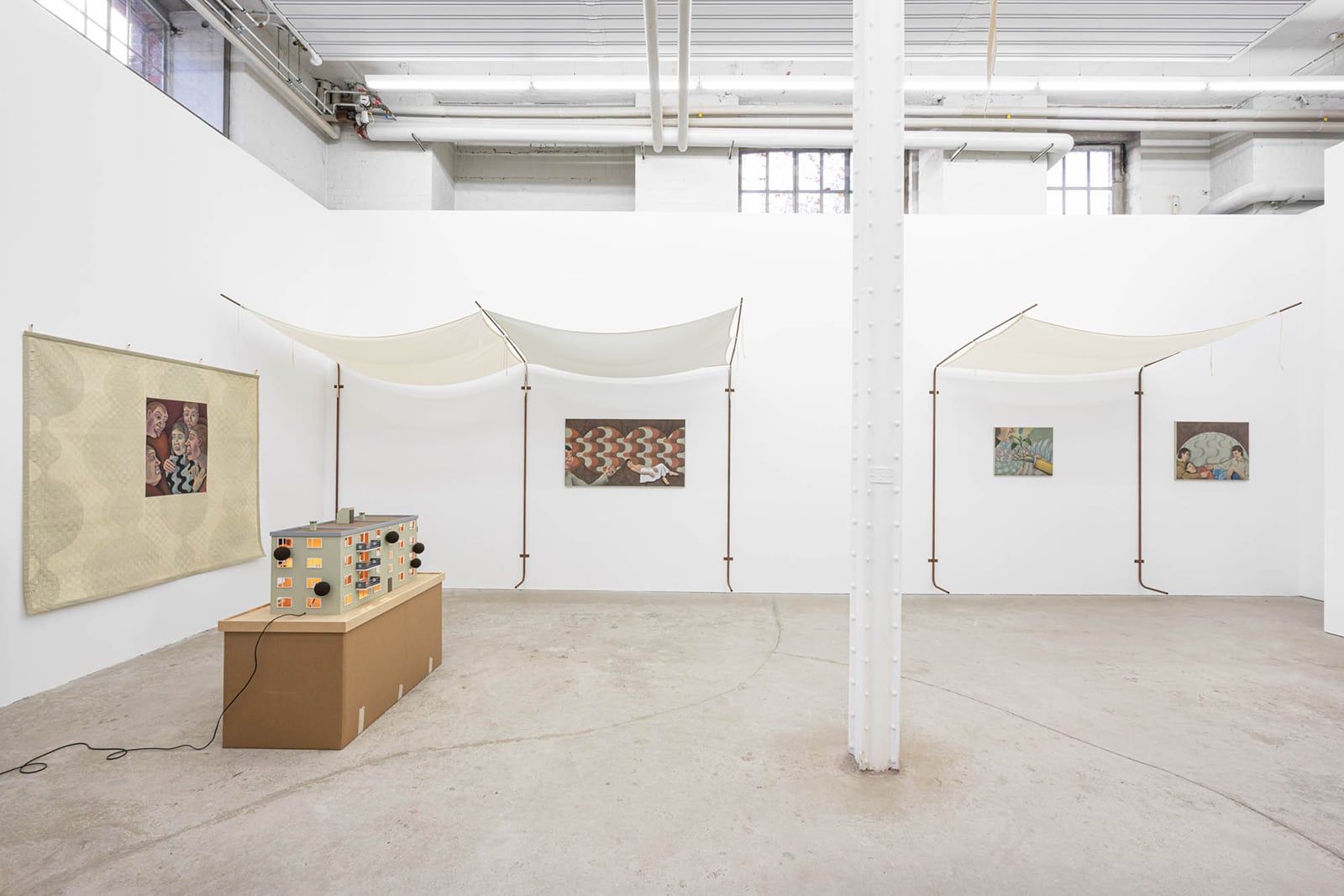 Installation view
Installation view
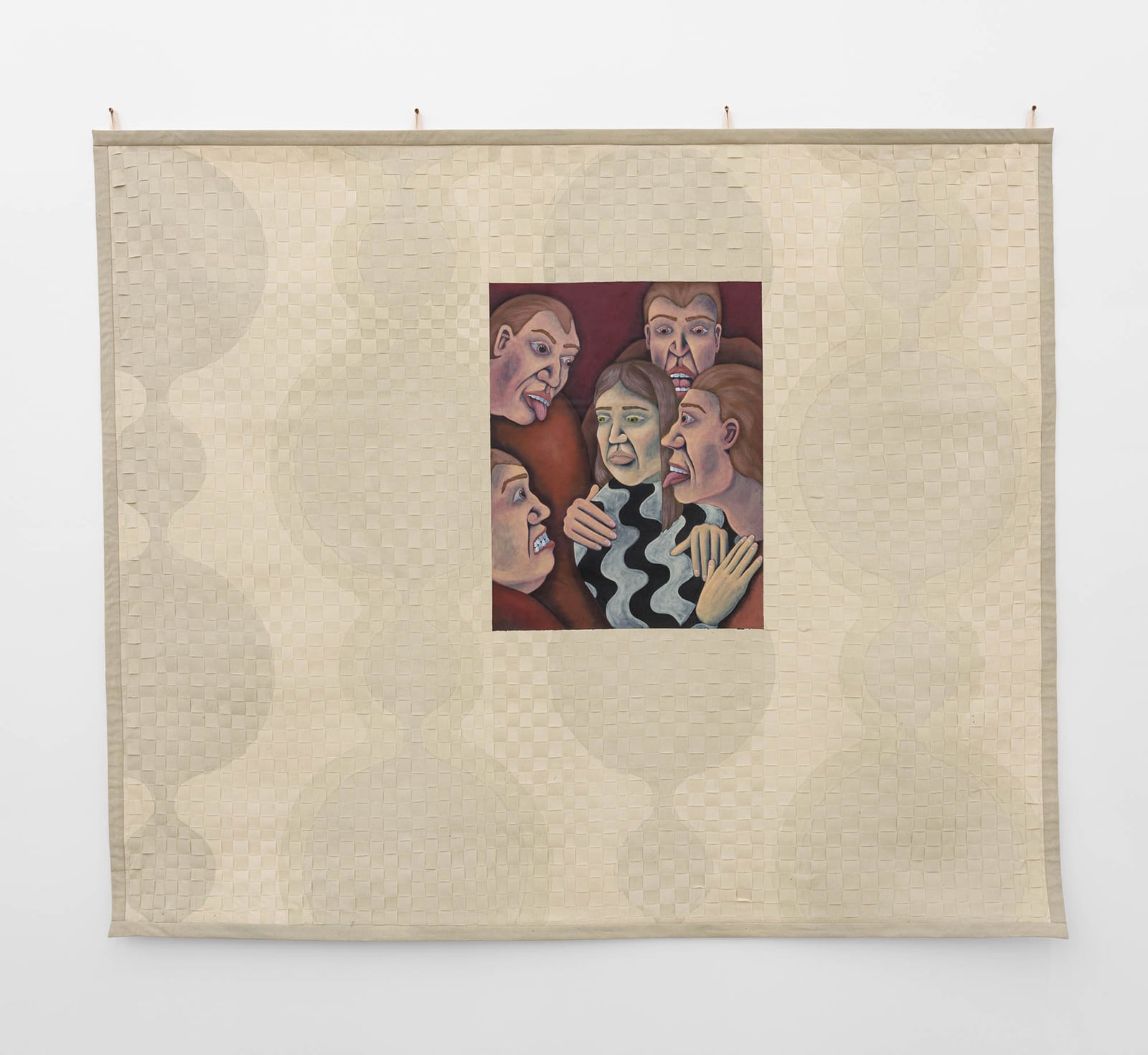 Stefan Fuchs, 'Urbanes Unbehagen', 2021, Acrylic on canvas, 161 × 193 cm
Stefan Fuchs, 'Urbanes Unbehagen', 2021, Acrylic on canvas, 161 × 193 cm
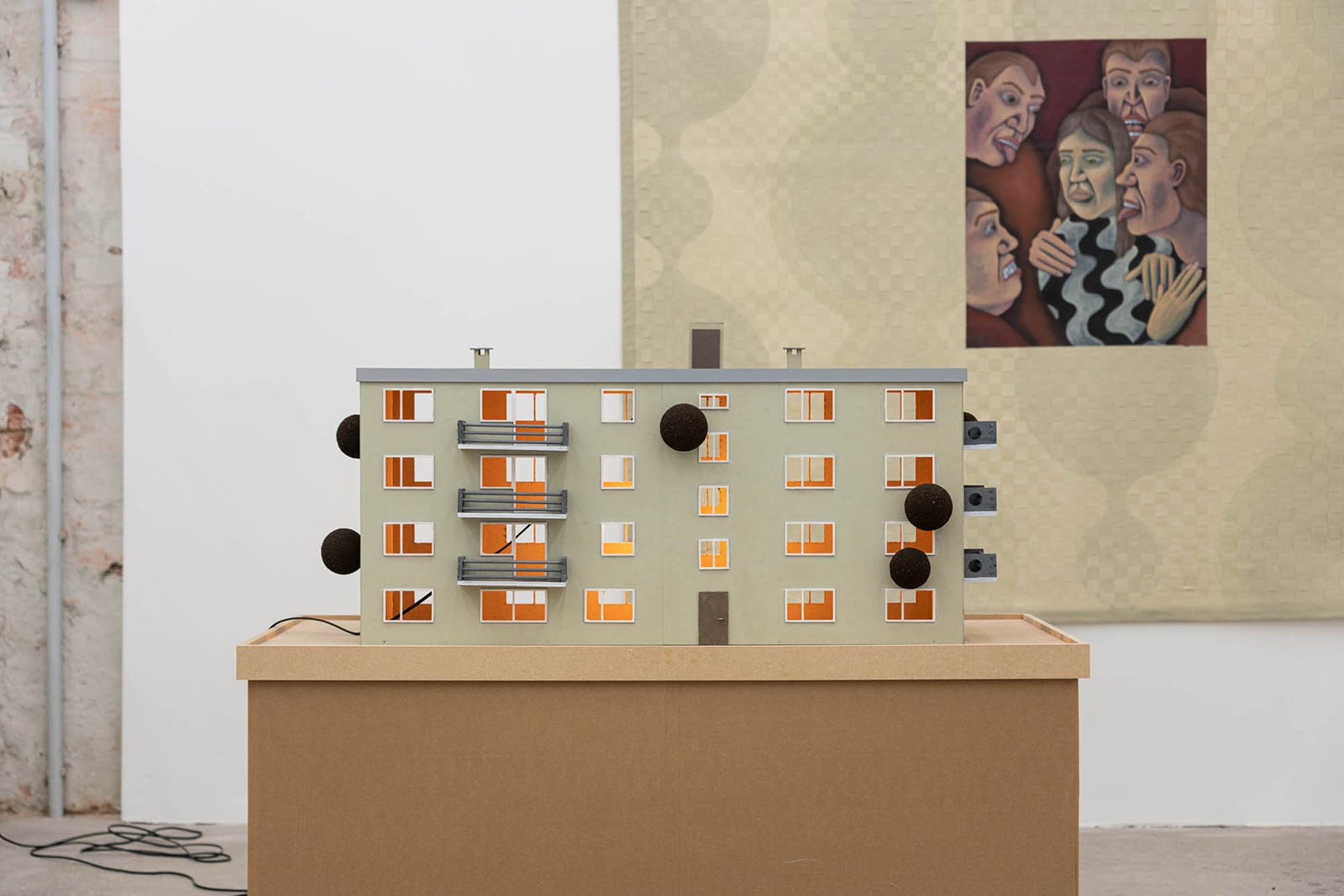 Stefan Fuchs, 'Large growths', 2021, Painted wood, lightbulb, wire, cardboard, 100 × 60 × 123 cm
Stefan Fuchs, 'Large growths', 2021, Painted wood, lightbulb, wire, cardboard, 100 × 60 × 123 cm
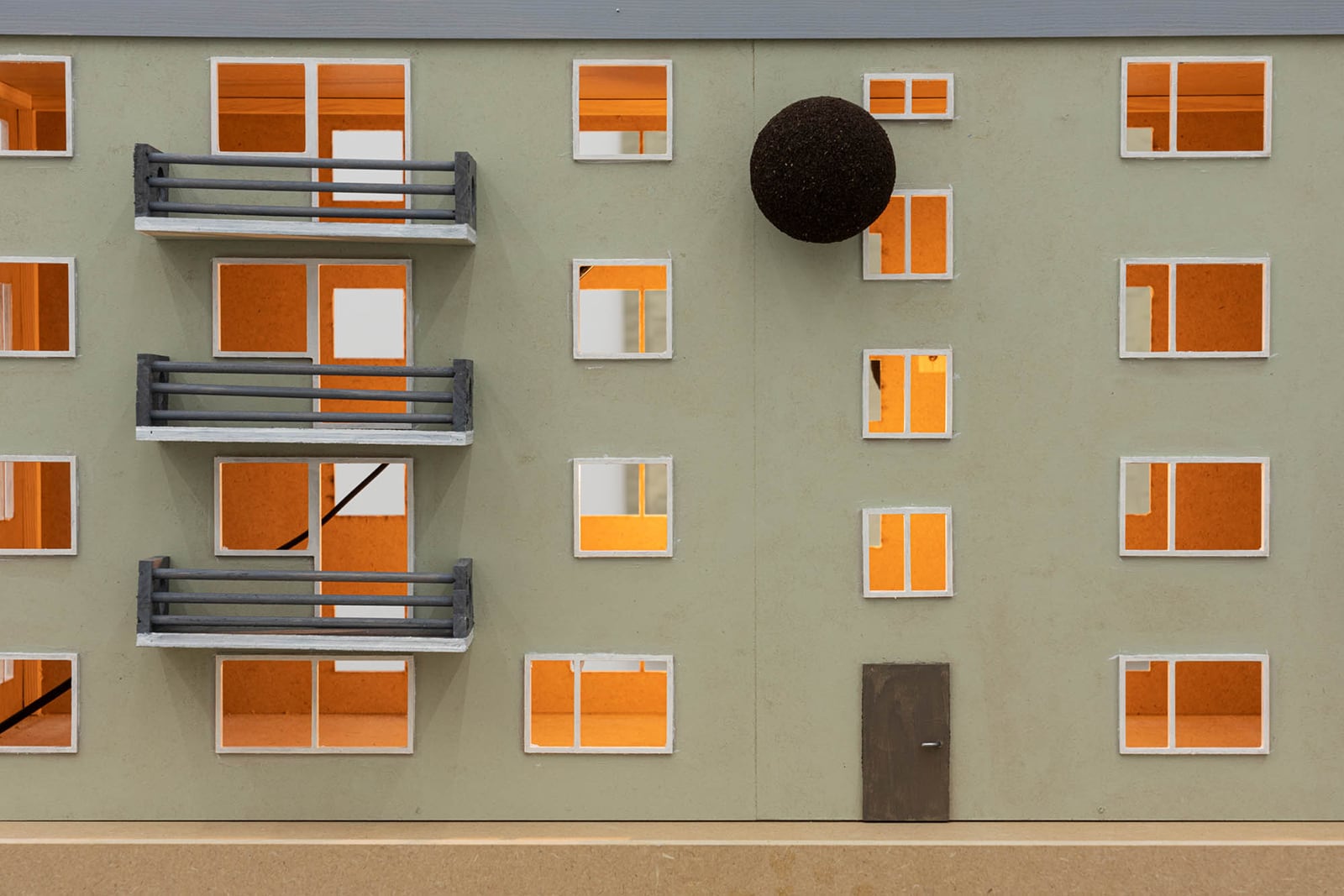 Stefan Fuchs, 'Large growths', 2021, Painted wood, lightbulb, wire, cardboard, 100 × 60 × 123 cm (Detail)
Stefan Fuchs, 'Large growths', 2021, Painted wood, lightbulb, wire, cardboard, 100 × 60 × 123 cm (Detail)
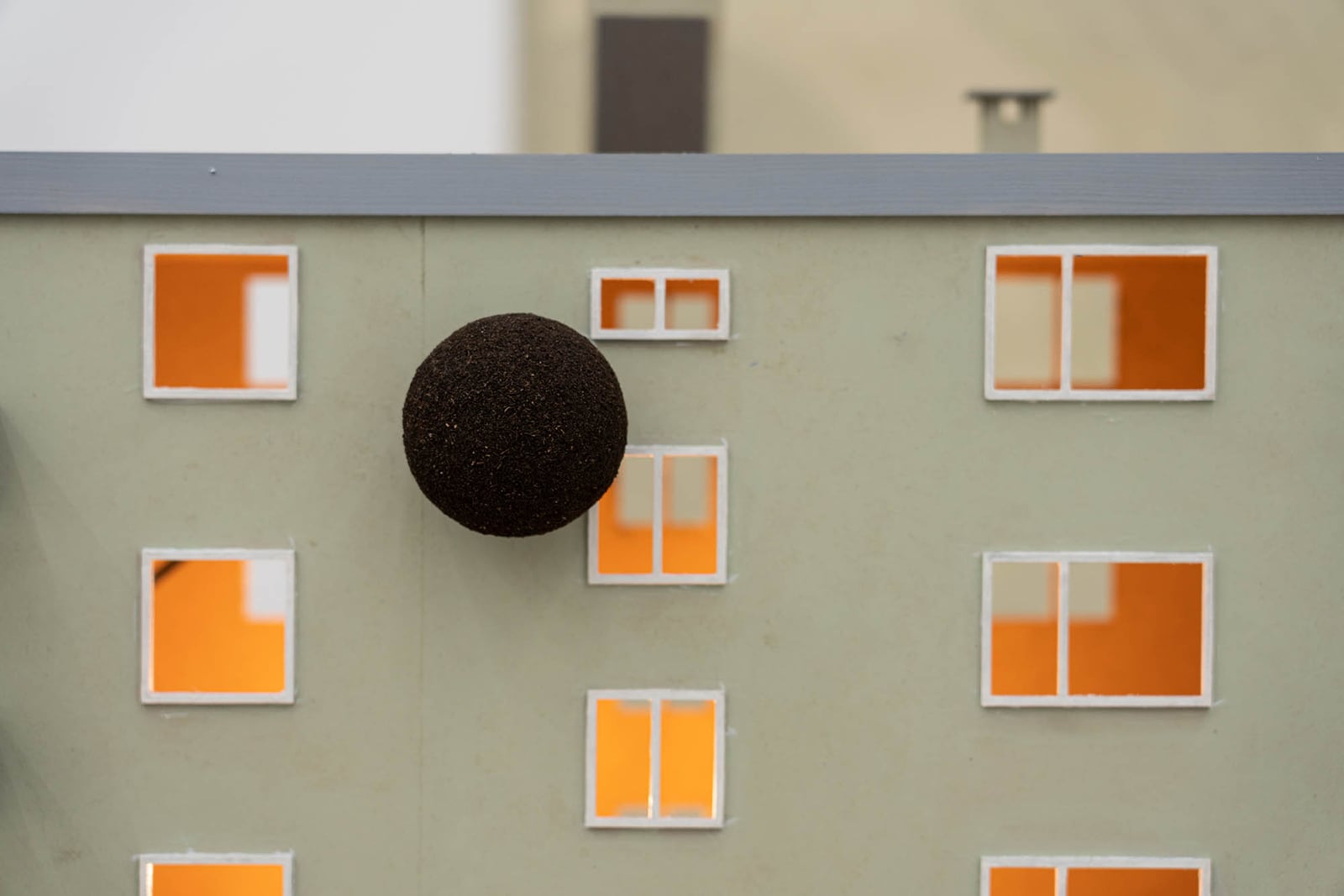 Stefan Fuchs, 'Large growths', 2021, Painted wood, lightbulb, wire, cardboard, 100 × 60 × 123 cm (Detail)
Stefan Fuchs, 'Large growths', 2021, Painted wood, lightbulb, wire, cardboard, 100 × 60 × 123 cm (Detail)
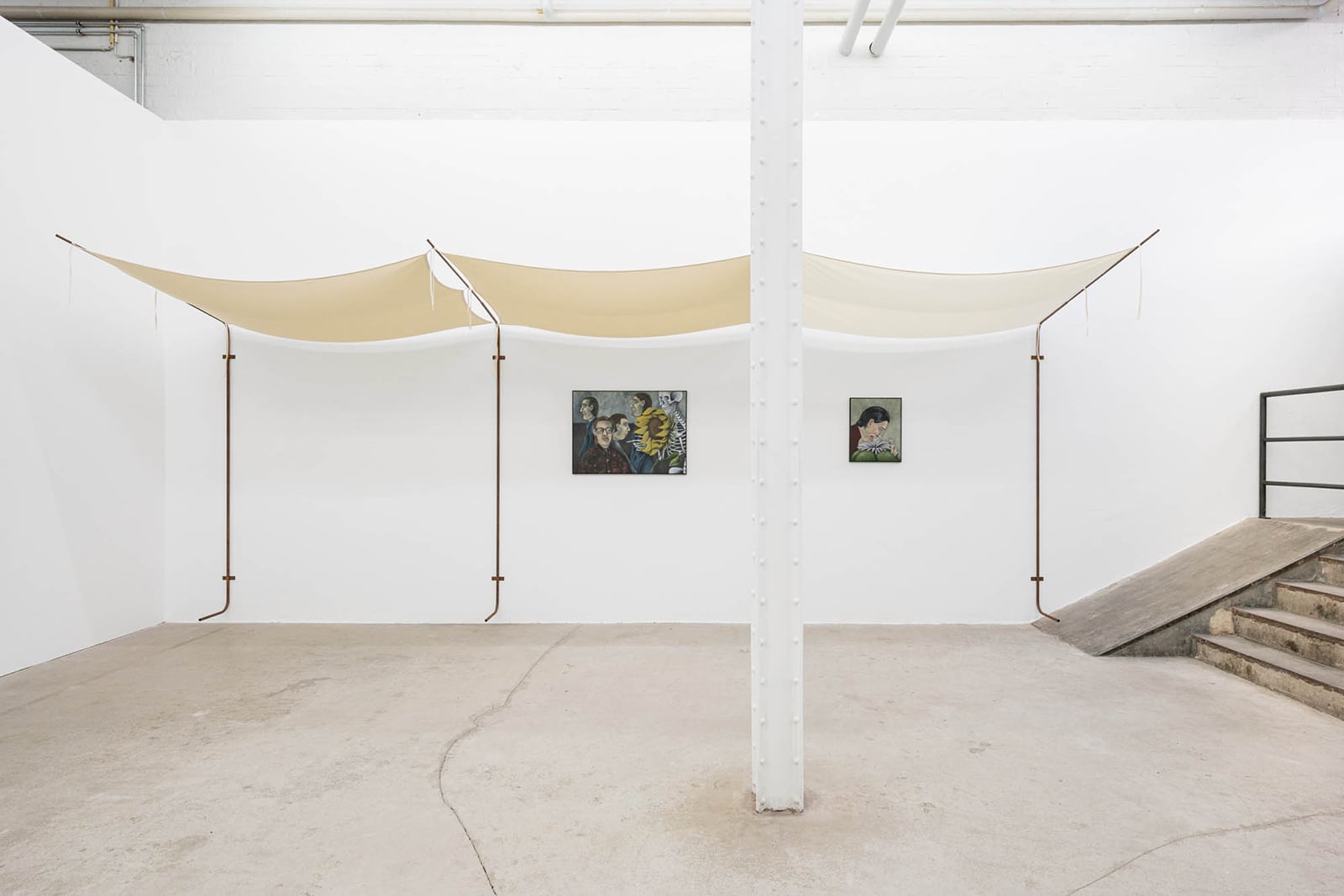 Installation view
Installation view
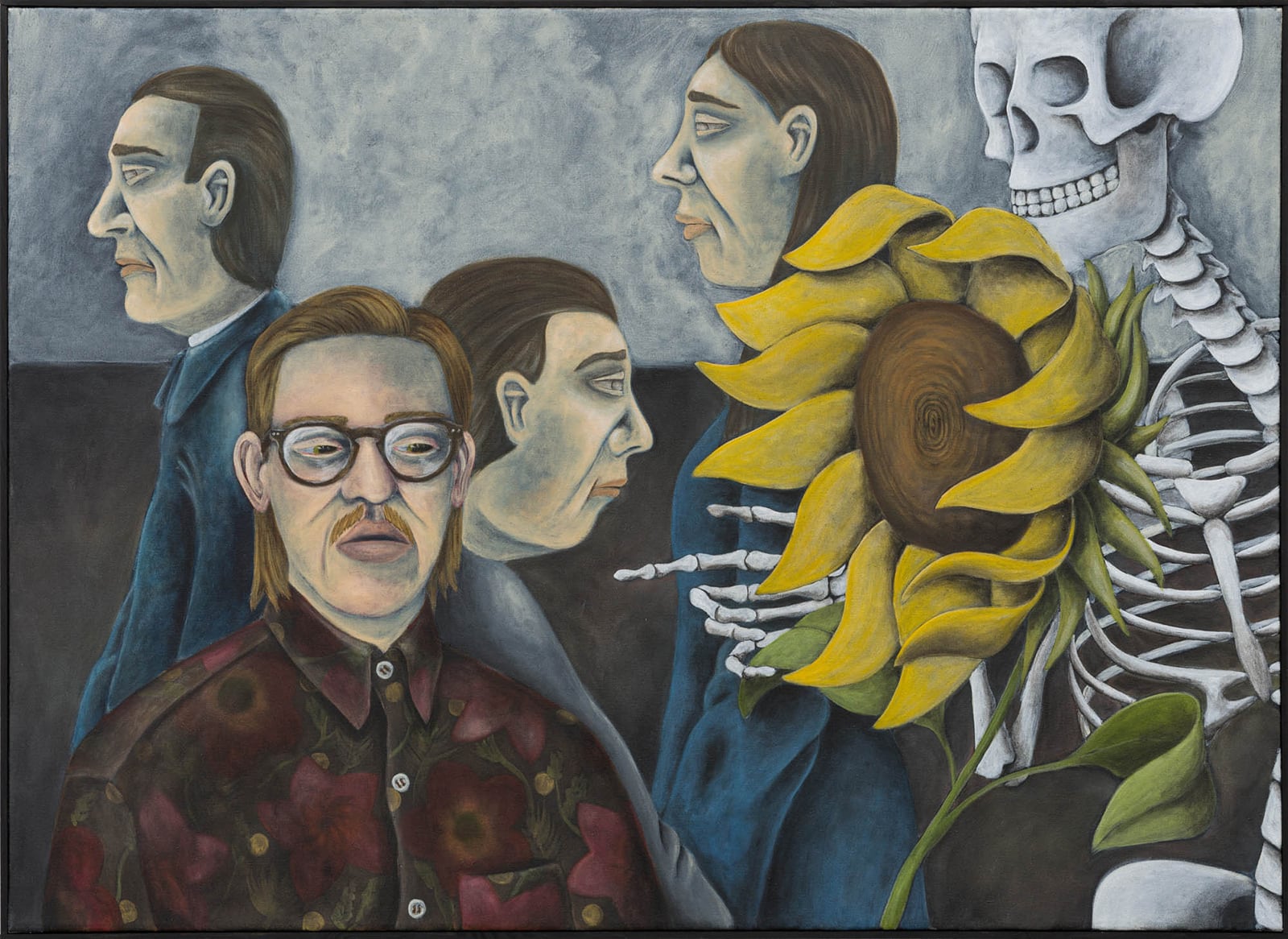 Stefan Fuchs, 'The renaissance of the flower child II', 2021, Acrylic on canvas, artist frame, 90 × 65 cm
Stefan Fuchs, 'The renaissance of the flower child II', 2021, Acrylic on canvas, artist frame, 90 × 65 cm
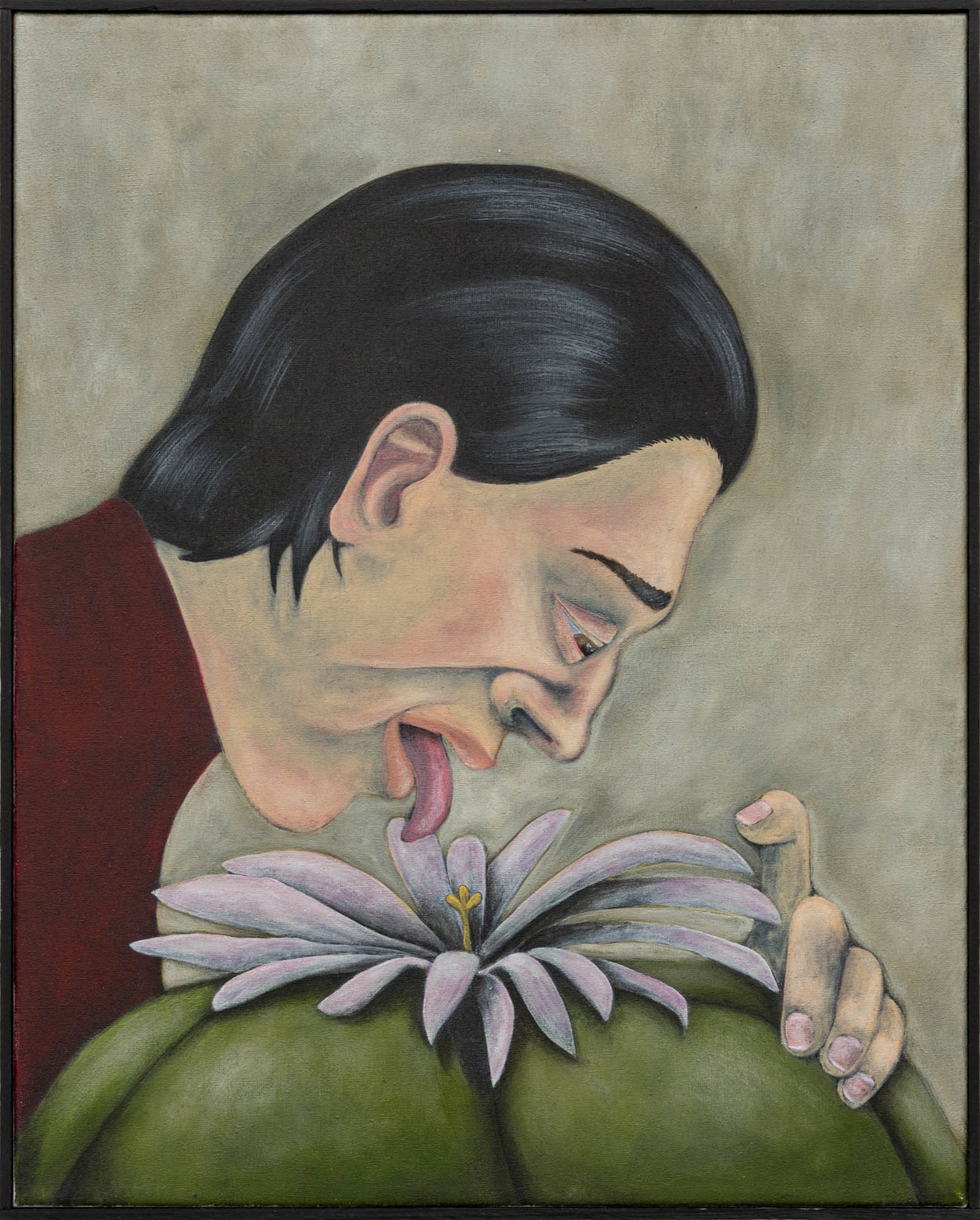 Stefan Fuchs, 'Profound methods of transmission II', 2021, Acrylic on canvas, artist frame, 50 × 40 cm
Stefan Fuchs, 'Profound methods of transmission II', 2021, Acrylic on canvas, artist frame, 50 × 40 cm
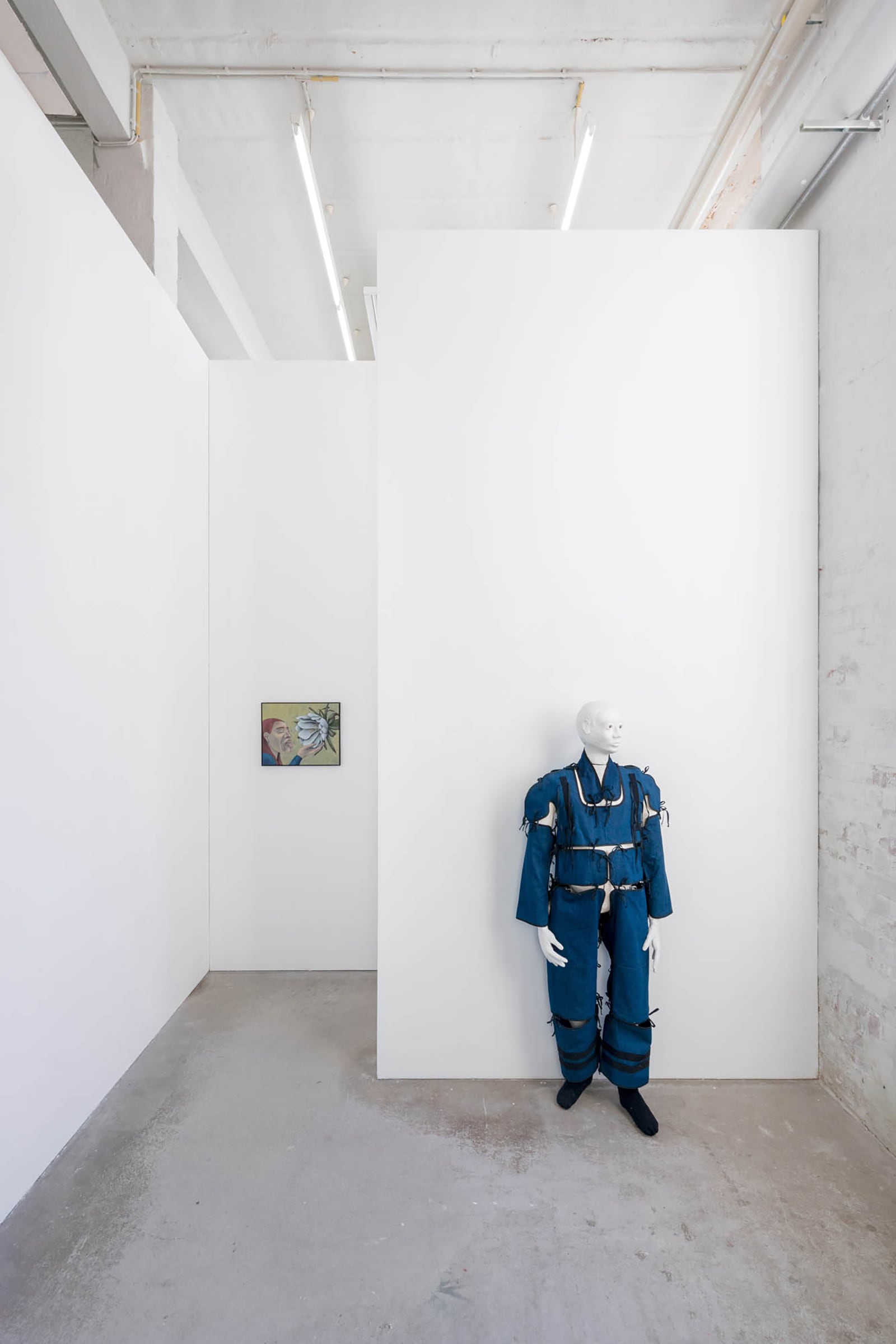 Installation view
Installation view
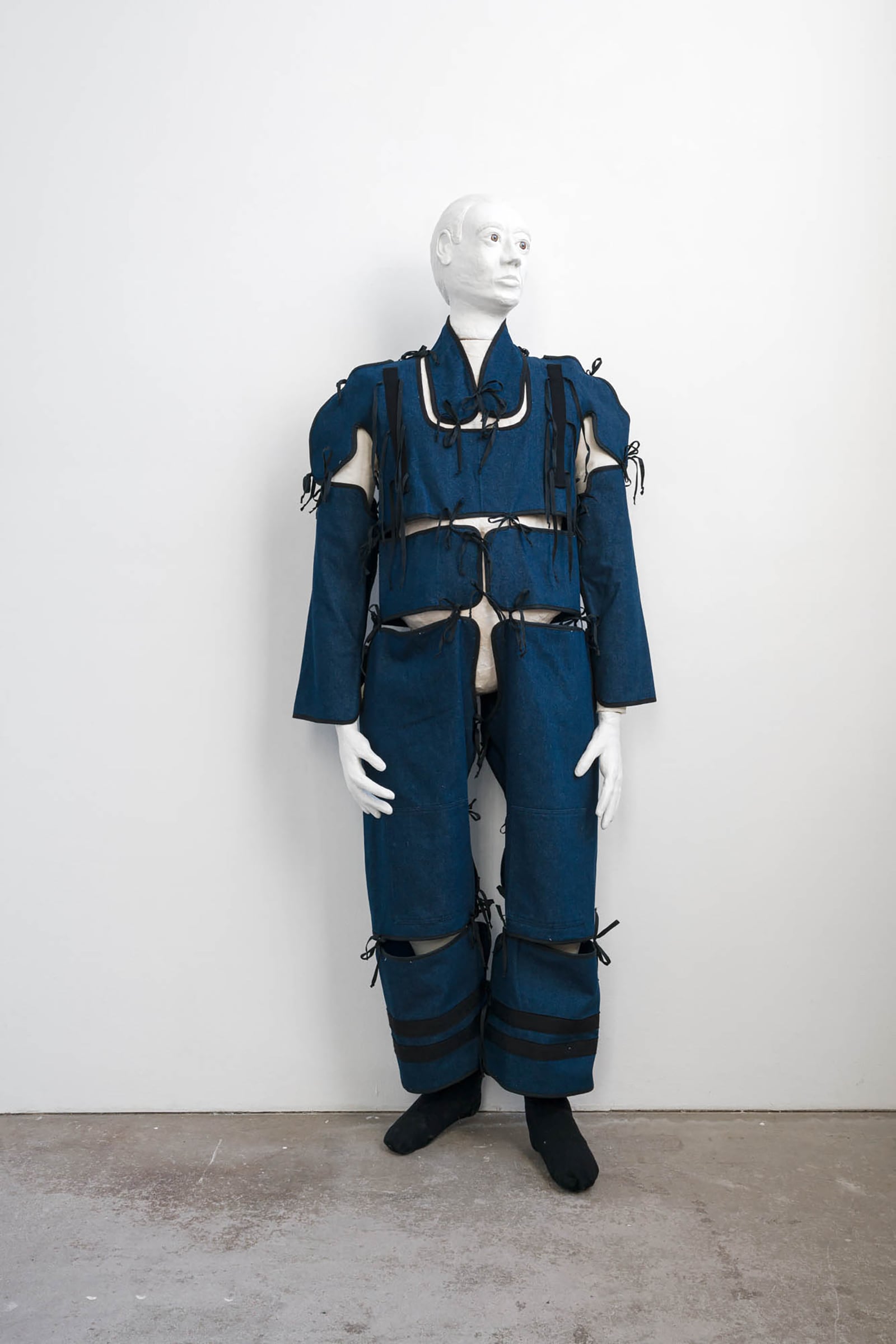 Stefan Fuchs, 'A member', 2021, Fabric, mannequin, mixed materials, 175 × 35 × 60 cm
Stefan Fuchs, 'A member', 2021, Fabric, mannequin, mixed materials, 175 × 35 × 60 cm
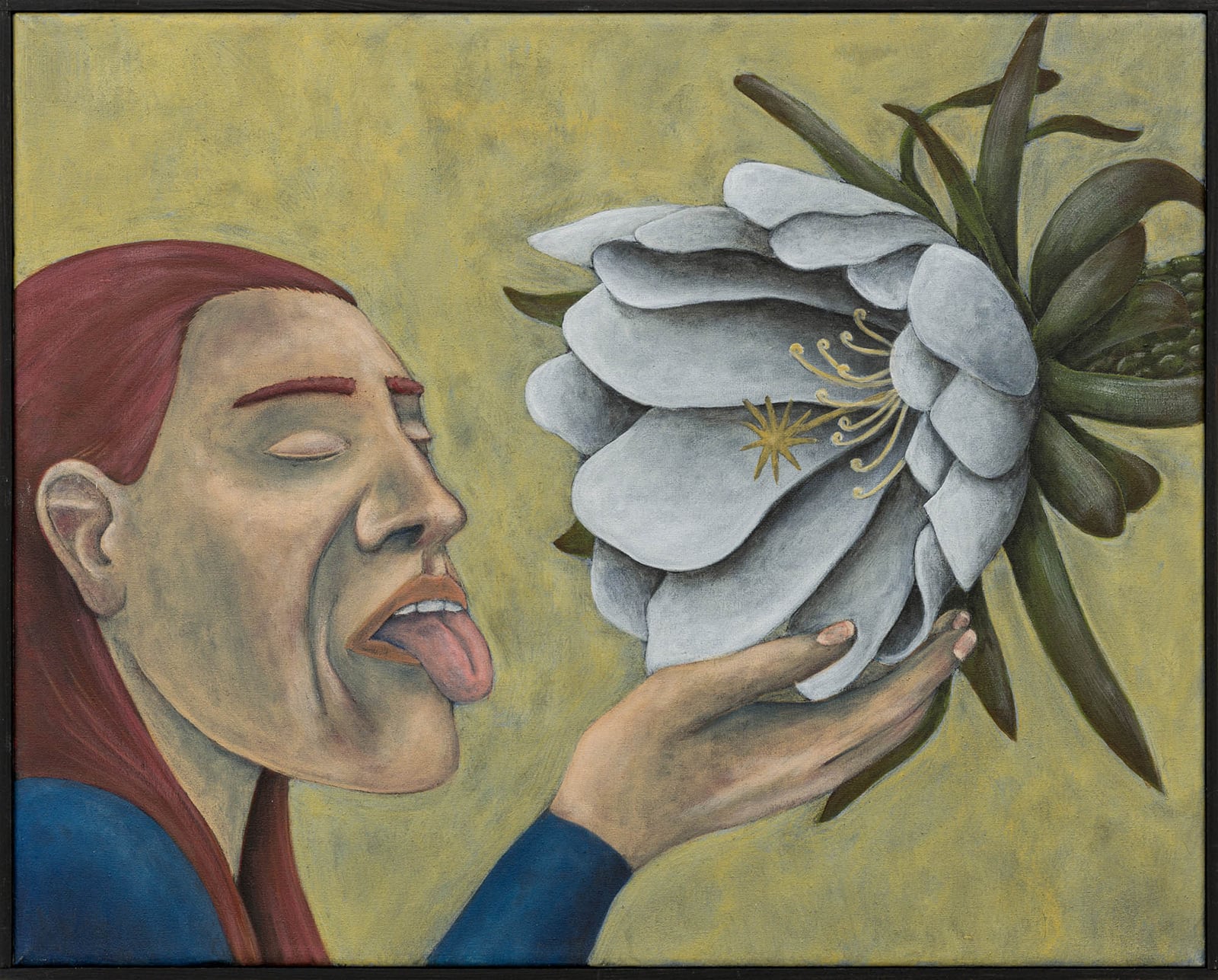 Stefan Fuchs, 'Profound methods of transmission I', 2021, Acrylic on canvas, artist frame, 40 × 50 cm
Stefan Fuchs, 'Profound methods of transmission I', 2021, Acrylic on canvas, artist frame, 40 × 50 cm
I still have some soil under my fingernails as I sit down to write these words. I’ve just repotted all my plants, finally. The plants I co-habitate with are all ‘hassle-free’, or so I learned from the “Plantasia” album booklet. Mostly Sanseveirias and Zamioculcas they are basically indestructible and hence my perfect companions (or rather: my only choice). I have never been a very talented gardener. And while I listen to the cheerful sounds of “You Don’t Have to Walk a Begonia” (…warm earth music for plants…and the people who love them…) dirt on the hands that touch the keyboard, I remember coming across the term Hippie Modernism.
Hippie Modernism reads like an oxymoron in itself. But it seems to have been exactly this recipe of counterculture unconventional thinking and principles of radical community, free love and peace for all, that introduced new cultural beliefs and innovations into mainstream society and in so doing became the midwife to modern technologies and radical architectures.
Emerging against the pressures of societal norms and political unrest in the 60’s the hippie spirit became so successful because it simply prototyped the future it wanted to live in instead of merely theorizing it. Deeply distrustful of mainstream ideas, always ready to provoke and generally sensitive to social injustice, hippie-thinking promoted spirituality through psychedelic drugs, sustainable living in communes as well as equality for all.
Both Modernism and hippie counterculture shared a sense of struggle and a need to start from zero and so it comes perhaps less as a surprise that some of the most ambitious architectural experiments meant to for example anticipate the colonization of other planets or radically change the organization of urban societal life as well as the rapid rise of the personal computer and free internet, when these technologies were still reserved to large corporations, big government and the military were conceived of and realized by hippie – or at the very least hippiesque – communities.
Oddly the nonconformist and hedonist yet communal and egalitarian ideals of hippie culture seemed to organically align with the megalomaniac ideas of progress and grand narratives of Modernism that would pioneer models which would in turn become formative for our current reality of life.
Architecturally speaking this lead to ambitious and doomed-to-fail projects such as Biosphere 2, a community lead attempt to recreate the complex ecologies of our planet in a closed and self-sufficient system in the desert of Arizona meant to rehearse space colonization. Or Auroville, an experimental township in India designed to realize ideas of human unity, based on the belief that living together in peace and progressive harmony would lead to an Indian Renaissance.
Parallelly a whole generation of architects made a name for themselves through radical yet merely conceptual or small scale temporary projects such as Superstudio, Archigram, Archizoom, Haus-Rucker-Co and Coop Himmelb(l)au suggesting that architecture could be edible, wearable and playable on the one hand but also of a poetic and political nature on the other, playfully introducing alternative forms and understandings of how to live together.
And yet another line of thinking, as promoted by Bernard Rudofsky, rediscovered the beauty and intelligence of a so-called architecture without architects. An architecture that is not based on elevating the single author but produced out of the wisdom of a spontaneous and continuous communal experience. An architecture not made to conquer nature but to exist within, an architecture of the rare good sense, of eternally valid shapes and above all an architecture of the humane. Revealing the ‘primitive’ solutions to be just as sublime, utopian and experimental as those of the tech hippies, paper architects or bow wearing modernists.
It seems to be exactly at this junction where a contemporary version of Hippie Modernism is taking shape in this exhibition. Throughout German cities small communities of dropouts are gathering under the moniker of Hippie Postmodernism or Postpostmodernism (who knows anymore?). Hip Pomo for short, their legacy follows similar yet differently reconfigured principles of the aforementioned lines of thinking. They propagate the usage of psychoactive cacti in order to attain a different world vision, they believe in the necessity of appropriating ones environment through DIY design, though still anticapitalist at heart they do not shy away of hacking or grafting the system and they propose the retroactive densification of urban space in order to further avoid urban sprawl and prefab housing blocks of inhumane scale.
Their urbanistic proposal makes use of the so-called third traffic level, namely air space as well as the legal option to pay air taxes for the usage of said space: placing parasitic spheric soil pods of human proportions onto existing architectures. Postwar architecture having proven itself as particularly suitable the soil pods profit from the available infrastructure while enlivening the depressing atmosphere: Goodbye Tristesse! The soil surfaces provide a fertile and immediate ground for urban farming thus increasing sustainability and independence of the inhabitants. Socially speaking they describe themselves as ‘a community of individualists’. And though they inhabit each a personally appropriated and self-sufficient pod they are nevertheless deeply interwoven into the city fabric and therefore society – perhaps rather functioning as a network of ‘drop-ins’ rather than dropouts. Living up to the legacy of their tech hippie ancestors they expect to further gain momentum, followers and acceptance as soon as civil drones become normalized for cargo delivery and passenger transport alike. Until then they will solemnly follow their creed “You and I are also fictions, and we live in this collective dream.”
— Laura Amann, 2021